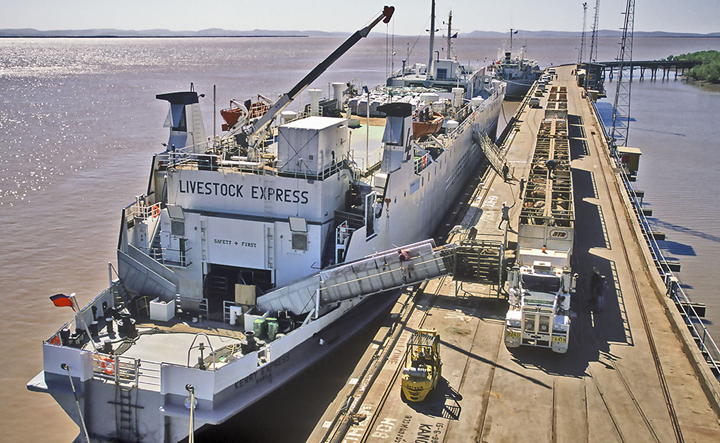
THE Australian government was advised to invest and trade more with Southeast Asia, including the Philippines, as the region is set to become the world’s 4th largest economy by 2040 thanks to an expanding middle class and higher consumer demand.
A report by Special Envoy for Southeast Asia Nicholas Moore said Australia will benefit from increased investment and trade with the region as its consumer market could be over 10 times larger than Australia in two decades.
The Philippines, for one, is expected to see 30.2 million households earn US$15,000 a year or roughly P840,000 at the P56 to the dollar exchange rate in 2040. In 2022, this number was estimated to only be at 5.6 million.
“As a regional bloc, by 2040, Southeast Asia is projected to become the world’s fourth-largest economy, after the United States, China and India,” the report stated.
“It will be critical to continue reducing barriers to trade and investment and pursuing integration. If this occurs, the long-term trajectory points to a region that will continue to be one of the main sources of global growth,” it added.
The report noted that another major population trend is urbanization. According to the United Nations Economic and Social Commission for Asia and the Pacific, the proportion of people living in cities will increase from 51 to 61 percent between 2022 and 2040.
This urbanization trend will be more pronounced in Cambodia, Laos, the Philippines, Timor-Leste and Vietnam where rural populations will shift to become urban areas.
Most Southeast Asian countries still have young populations with a median age in 2023 of 30.4 years. The United Nations forecasts that by 2040, Southeast Asia’s population will reach 766 million, up from an estimated 687 million in 2023. The working-age population or people aged 15 to 64 years old will comprise 507 million of the total. This leads to a “demographic dividend” that paves the way for higher consumer spending on lifestyle, education, travel and housing in the coming decades.
“This will increase demand for health and aged care services. Australia can help meet the needs of Southeast Asians, but this will require facilitating more trade in medical technology, supporting increased standards of care and investment in health infrastructure, and harmonising standards and regulation,” the report said.
In the Philippines, the report said, the Australian Government should seek to enhance capacity opportunities available to airlines under air service agreements.
This will allow airlines to remain ahead of demand, enabling future growth and competition to support increases in travel and freight.
In its submission, the Australian Airports Association has recommended that connectivity be increased through air services agreement negotiations with Malaysia, the Philippines, Thailand and Vietnam.
“Particular focus should be directed towards those agreements projected to reach capacity entitlements in the next five years. Additionally, the Australian Government could explore open skies agreements with interested Southeast Asian partners where in the national interest and on a reciprocal basis,” the report stated. Apart from this, the Australian Centre for International Agricultural Research (ACIAR) said a development cooperation program on food security should be continued as it has been beneficial to the region.
From 1982 to 2022, the report said, ACIAR-supported research helped deliver A$14.7 billion of additional value realized in Indonesia, A$11.5 billion in Vietnam, A$4.8 billion in the Philippines and A$1.7 billion in Thailand.
The report, citing ACIAR findings, said projects globally over the past 20 years have realized an average benefit-cost ratio of 43:1. This implies that for every A$1 invested, A$43 of benefits are generated.
“Of this, projects assessed in Indonesia averaged a benefit-cost ratio of over 160:1; 90:1 in Vietnam; over 70:1 in the Philippines; and over 40:1 in Malaysia,” the report said.
“There is also scope for further capacity building and collaboration for modernization and digitalization of the agrifood sector. This includes supporting uptake of rules and standards to facilitate trade and address common interests in relation to digital trade, food and nutrition safety,” the report said.
